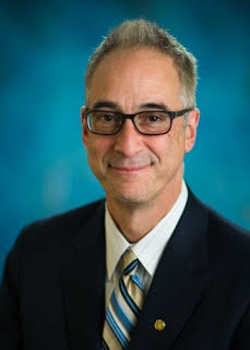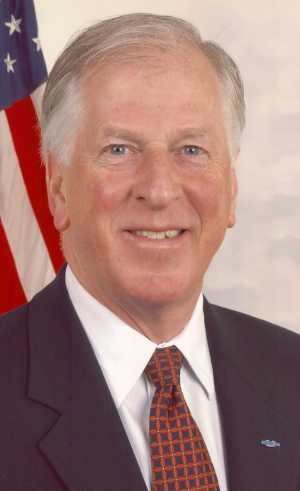- David Sayen
Choosing a hospital that’s best for you

You’ve probably read a restaurant guide or review before going out for a special dinner. And you’ve probably scanned a consumer review or two before buying a new or used car.
Wouldn’t it be great if there was a place where you could get information on the quality of hospitals in your area?
Well, there is. It’s called Hospital Compare and you can find it on the Medicare Web site, at www.medicare.gov .
Hospital Compare contains a wealth of information on how well hospitals perform certain surgeries and treat certain medical conditions. The data varies from hospital to hospital. Because the reality is that some hospitals do a better job of caring for patients with certain conditions than others.
The idea behind Hospital Compare is that making quality-of-care information easily available to the public will motivate hospitals to improve their care. Medicare has similar “compare” Web sites for nursing homes, home health agencies, and dialysis facilities, too.
You can search Hospital Compare by zip code, city, or state. The data you’ll find are intended to provide a “snapshot” of the quality of care at about 4,000 hospitals throughout the United States. You don’t have to be a Medicare beneficiary to use Hospital Compare – it’s open to everyone and it’s free of charge.
If you’re having a medical emergency, go to the nearest hospital. Get care as fast as you can. But if you’re planning to have surgery, or if you have a condition like heart disease and you know you’ll need hospital care in the future, talk to your doctor about the local hospital that best meets your needs.
Find out which hospitals your doctor works with, and which hospitals he or she thinks give the best care for your condition. If you’re a Medicare beneficiary, ask if the hospitals participate in Medicare.
At that point, you may want to spend some time on Hospital Compare.
Hospital Compare shows the rates at which hospitals provide recommended care for patients being treated for heart attack, heart failure, pneumonia, and children’s asthma, and for patients having surgery.
It also displays information on hospital outcome measures. These include the rate at which Medicare patients who were treated for heart attack, heart failure, and pneumonia had to be readmitted to the hospital with complications, and 30-day risk-adjusted death rates. (The 30-day period is used because this is the time period when deaths are most likely to be related to the care patients received in the hospital.)
In addition, you can see results from patient satisfaction surveys, such as how well patients thought the hospital controlled their pain and how well doctors and nurses communicated with them.
Hospital Compare is no substitute for talking with your doctor and family members and friends who’ve been treated at a hospital you’re considering. But the website can give you a general idea of how well various hospitals handle certain kinds of patients.
How can you find information about Medicare coverage of hospital services?
Original Medicare helps cover certain medical services and supplies in hospitals. If you have both Medicare Part A (Hospital Insurance) and Medicare Part B (Medical Insurance), you can get the full range of Medicare-covered services in a hospital.
If you’re in a Medicare Advantage Plan (like an HMO or PPO) or other Medicare health plan, read your plan materials. These plans provide all your Part A and Part B coverage.
If you’re in a Medicare Advantage plan or other health plan, Hospital Compare doesn’t have information about whether your care will be covered in a certain hospital. Check with your plan.
For more information about Medicare-covered hospital services, look at your “Medicare & You” handbook that’s delivered in the fall each year to all people with Medicare. View it online by visiting http://go.usa.gov/iDJ . You can also call 1-800-MEDICARE (1-800-633-4227) with your questions. TTY users should call 1-877-486-2048.
David Sayen is Medicare’s regional administrator for Arizona, California, Hawaii, Nevada, and the Pacific Territories. You can get answers to your Medicare questions by visiting www.Medicare.gov or calling 1-800-MEDICARE (1-800-633-4227).



 How to resolve AdBlock issue?
How to resolve AdBlock issue? 



